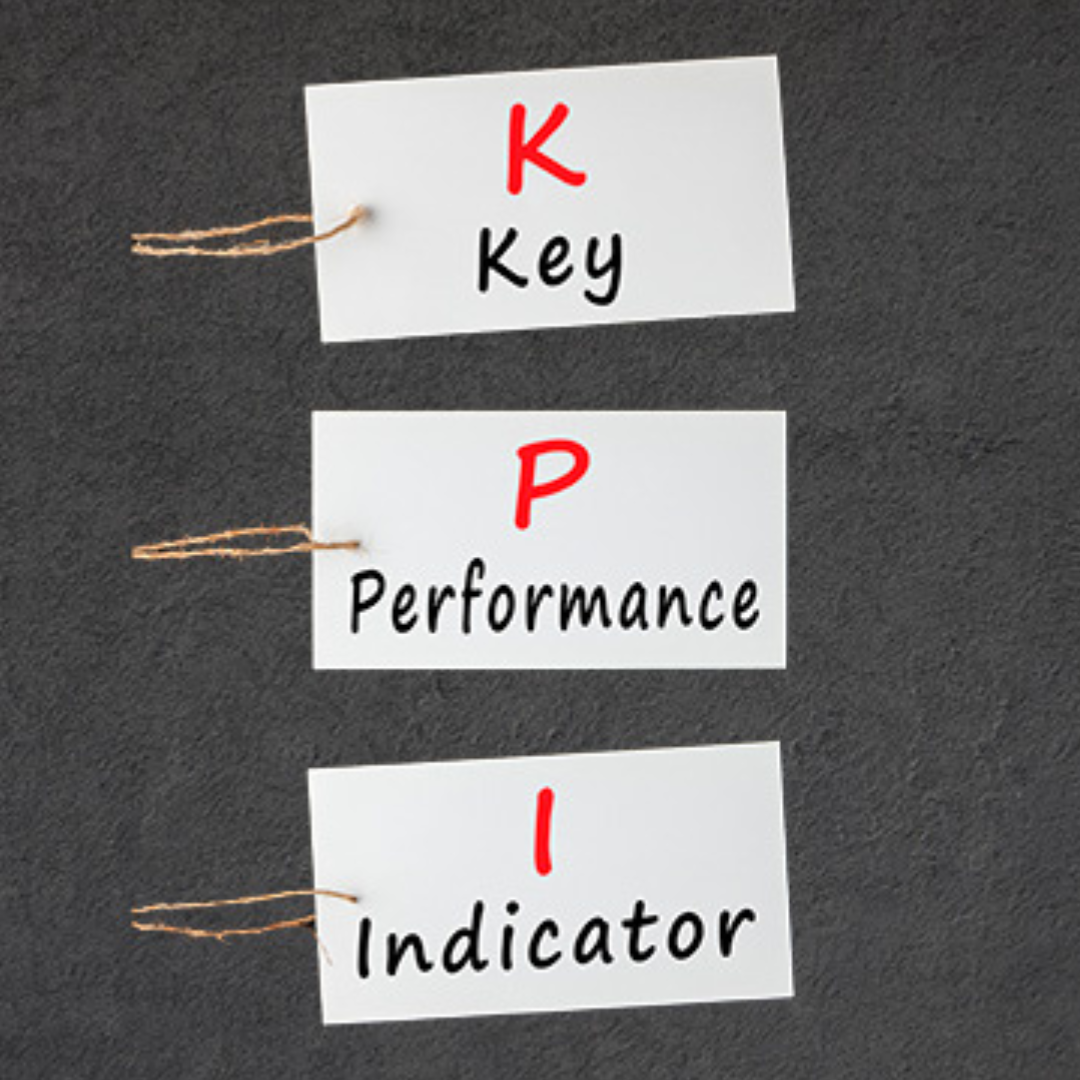
Keeping Score: KPIs for Mechanical Shops
Published in AASPMN News – Thomas Greco Publishing
Running a successful automotive repair business is similar to playing a game in that respect – only whether you win or lose ultimately comes down to whether or not the shop is successful, and the best way to “keep score” requires monitoring and tracking certain key performance indicators (KPIs).
 But with so many moving parts, how does a shop owner or manager know which KPIs are most important?
But with so many moving parts, how does a shop owner or manager know which KPIs are most important?
Last month, AASPMN News explored this subject on behalf of collision repair facilities (available at grecopublishing.com/aasp0325coverstory), but while mechanical shops share some of the same KPIs, they typically need to look at things a little differently. Jeff Nott (Altus Business Solutions) suspects that the “biggest problem is that many shops aren’t tracking their KPIs properly or don’t understand them well enough.”
So, how can you track KPIs properly? It begins with knowing which numbers to track – and which are less pressing. “There are a lot of possible KPIs, and if you look at everything you could be tracking, that can be overwhelming,” notes Rick White (180BIZ), who recommends making the list more manageable by identifying how frequently certain figures need to be reviewed. “Measure gross profit weekly, and every month, examine your expenses. A monthly KPI that many shops neglect is cash flow ratio. Cash flow is oxygen to a company; you cannot breathe without it, and many fail to realize that profit does not equal cash flow.”
On a daily basis, White believes shops should monitor invoice count completed, parts gross profit, effective labor rate (“what you actually collect per billed hour”) and work-in-progress, which allows shops to identify potential bottlenecks in their workflow. But the most meaningful number for shops to watch daily is the number of billed hours per day. “A lot of people think average repair order (ARO) is most important, but it’s actually obsolete because it doesn’t mean anything; you could have a high ARO because of a huge job, but if you didn’t charge enough, that elevated ARO is useless to your business. In contrast, nothing happens in a shop unless an hour of labor is sold, so we want to compare total billed hours to our capacity to ensure we’re reaching peak production.”
Nott agrees that productivity is the lifeblood of any business. It’s also one that most shops “don’t pay enough attention to. If your team only produces 50 percent of the work they’re capable of, your labor rate means nothing. A lot of people talk about percentages when measuring productivity, but how do you track and understand that? Set an hourly goal of 35 to 40 hours per week and then manage the number of cars and the time it takes to move them around. If it takes 15 minutes to get a car on the rack and you’re working on four cars a day, you could be losing an entire hour just moving cars!”
Productivity can be difficult to control, but being aware of that number provides the opportunity to identify ways to improve it. Some other numbers that Nott recommends tracking are gross profit on parts, labor profitability, ARO and average hours per RO which is “possibly the most pivotal since this tells us the shop’s maximum potential for vehicles being worked on each day. Rather than cramming as many cars in the shop as possible, we want to make sure we’re capitalizing on each vehicle we work on by increasing the number of labor hours on each order. In turn, this improves efficiency and decreases the likelihood of an accident as technicians move cars in and out of the shop’s bays.”
Shops often neglect to track KPIs that are very telling of how well they’re doing in “the game.” Nott recommends shops take a look at parts delivery times in order to set proper expectations with clients.
According to White, it’s imperative to monitor “how many new customers come in each week. A shop loses 17 to 21 percent of its client database each year on average due to people moving, being upset with them, dying, etc., so if you’re only marketing to existing clients, that database gets smaller all the time. To maintain your current number of clients, the goal should be 20 percent new customers, and if you’re looking to grow, set the target at 30 percent.”
“If we don’t have new customers, we’re doing inspections and maintaining vehicles, but we won’t have big jobs anymore,” Nott adds. “To keep the business growing, we need new clients bringing broken cars to us. We should also be monitoring the number of lost clients. If we don’t see them for two years, they’re lost, and we need to examine why they aren’t coming back. Why isn’t our retention rate higher?”
Maintaining a consistent client base requires ongoing marketing. “When shops got super busy during the pandemic, many stopped marketing because they had all the work they could handle,” White recalls. “But marketing isn’t something you do because business is slow; it’s something you do so you don’t get slow. You can’t plant a seed and reap the harvest that same day. Consumers’ buying habits have changed along with the frequency of their visits to shops, and although most people want to take care of their vehicles, they aren’t going to be loyal if they’re not happy with the service they receive. Shops need to identify their ideal clients’ desires and get really good at providing that.”
Along the same lines, Nott feels lost sales can tell a shop a lot about customer satisfaction. “If we fail to sell the work, we’re missing opportunities. It’s easy to track missed appointments. We also need to be aware of our comeback rate because comebacks cost the business a lot, especially in terms of how our clients view our services. These days, we have to work harder than ever to sell value because consumers have access to so much information and so many options.
Reviews and referrals are the most obvious way to monitor customer satisfaction, and White coaches shops to set goals for each of those to ensure it remains a priority. “How do we serve a client to make sure they come back to us? Shops are like dentists – no one wants to go to the dentist because it’s painful and expensive. We need to help clients understand that it’s better to invest in maintenance and repair than to replace their vehicle at 10 times that cost, but before we can convince them of that, we need to create an environment that leaves them with the impression that they’ve found the right shop to take care of them.
“Understand that ‘satisfied’ customers aren’t going to leave reviews,” he continues. “Being satisfied merely means they got their money’s worth; it’s the lowest acceptable outcome in the customer experience because it’s only one step above dissatisfaction. When we get down to it, our goal is to help people. Making money is a byproduct of providing great service, and if you invest time and energy into creating the right experience, the money will come.”
White identifies three levels of customer experience: moments of mediocrity (you get what you paid for), moments of misery (a negative experience) and moments of magic (an experience that goes above and beyond expectations). “You’ll get reviews for moments of misery and moments of magic,” he predicts. “As business owners, we’re the authors of those stories, but if we’re not paying attention, we end up with experiences where the client feels unseen and unappreciated. We need to pay attention to how we make them feel and figure out how we can cultivate an experience that creates moments of magic!”
Shops should also be creating moments of magic for their employees since they are the ones who typically create client experiences. “Just like my customers, I don’t want my team to be satisfied; I want them to be engaged,” White insists. “And I don’t want employees who merely trade their time for money. I want to hire people who see where the business is going, understand why it’s important and want to be a part of it. I want someone who is willing to go the extra mile because they feel seen, heard and appreciated.”
Why do you do what you do?” Nott asks. “If you can’t explain that, you don’t know your culture, and that’s critical to drawing people in – whether it’s a client or an employee. If your team loves working for you, they will work hard and tell everyone how much they enjoy working at your shop. They will refer other technicians to you, and they’ll also stick around for a long time. If your retention rate is low and employees leave frequently, you’re either making the wrong hiring decisions or you’re not treating them well enough to keep them there.”
KPIs may be how shops keep score, but games can’t be won alone. “KPIs are a lifeline for business owners, yet they can be dangerous as well,” White cautions. “You absolutely need to be tracking your metrics; however, never forget how you get them – by serving others. KPIs measure how well you’re doing at taking care of your clients. If you neglect to care for the people, you aren’t going to make money. Sometimes, a relationship might be more important than a metric. Always remember the people who help us achieve those high metrics: the people performing the work and the people saying ‘yes’ to the repair.”




